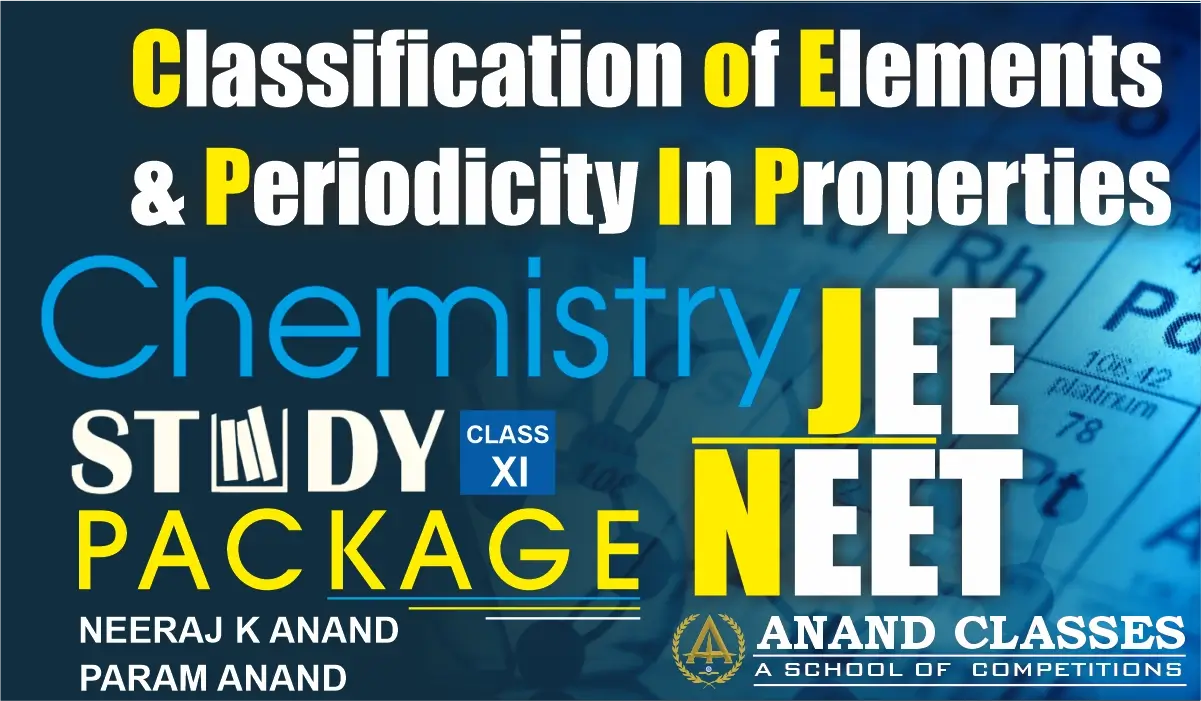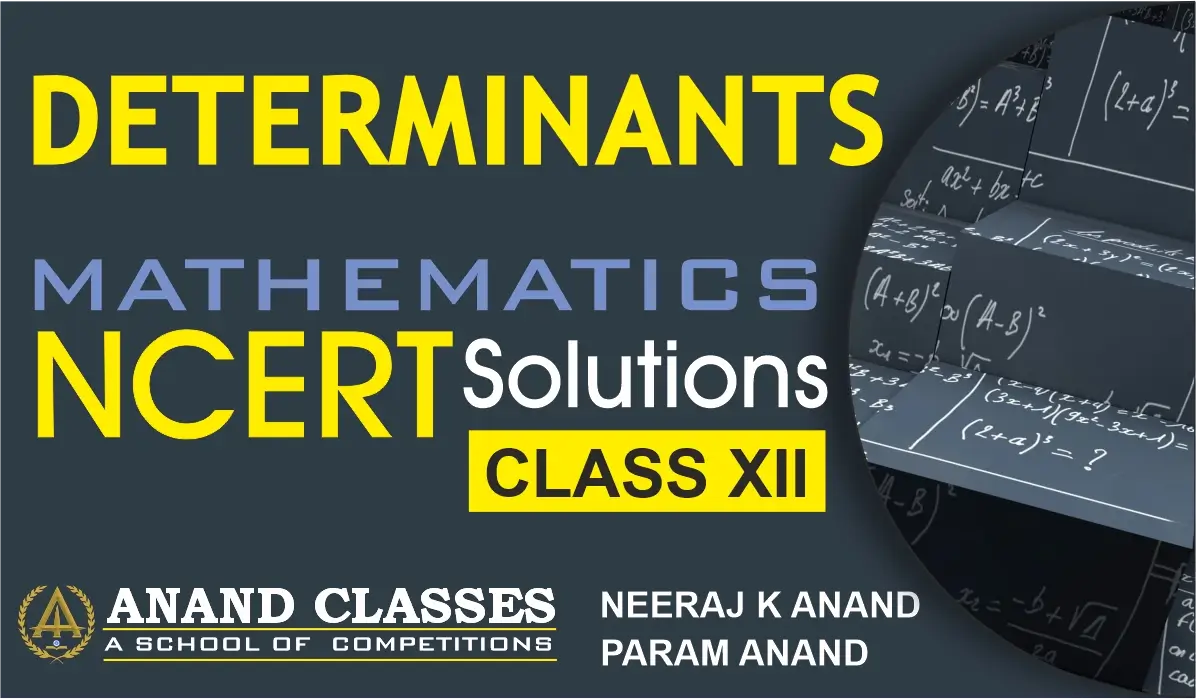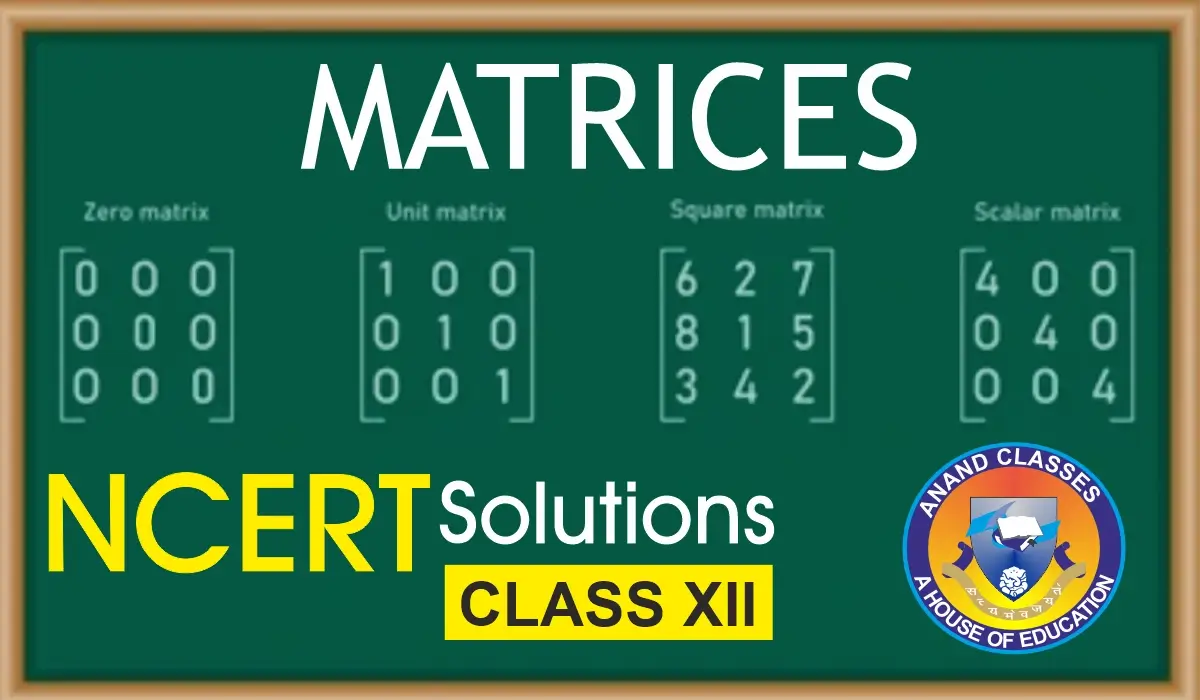The periodic table is divided into four main blocks — s-block, p-block, d-block, and f-block elements — based on the type of orbital that receives the last electron. Each block has unique position, electronic configuration, properties, and examples, making their comparison important for Class 11 Chemistry, JEE, and NEET preparation. This comparison covers their position in the periodic table, oxidation states, reactivity, metallic character, and special properties in a clear tabular format along with FAQs for quick revision.
📊 Comparison of s-, p-, d-, and f-Block Elements
| Feature | s-Block Elements | p-Block Elements | d-Block Elements | f-Block Elements |
|---|---|---|---|---|
| Position in Periodic Table | Groups 1 & 2 + Hydrogen & Helium | Groups 13 to 18 | Groups 3 to 12 | Separate bottom rows (Periods 6 & 7) |
| Valence Shell Configuration | ns¹–² | ns²np¹–⁶ | (n–1)d¹–¹⁰ns⁰–² | (n–2)f¹–¹⁴(n–1)d⁰–²ns² |
| No. of Groups | 2 | 6 | 10 | Not in main table (2 series of 14 each) |
| No. of Elements | 14 | 34 | 39 | 28 |
| Types of Elements | Metals | Metals, non-metals, metalloids | Mostly metals | All metals |
| Metallic Character | Highly metallic | Metallic → Non-metallic across period | Metallic | Metallic |
| Reactivity | Very reactive | Variable (halogens most reactive non-metals) | Moderate | Variable |
| Common Oxidation States | +1, +2 | –3 to +6 | Variable (+1 to +8) | Variable (+3 common in lanthanides, multiple in actinides) |
| Ionization Energy | Low | High (increases across period) | Intermediate | Low–moderate |
| Colour of Ions | Colourless (mostly) | Mostly colourless | Often coloured (due to d–d transitions) | Often coloured (due to f–f transitions) |
| Complex Formation | Rare | Possible | Strong tendency | Strong tendency |
| Special Properties | Strong reducing agents, form ionic compounds | Wide variety of compounds, includes halogens & noble gases | Catalytic activity, alloy formation | Radioactivity (actinides), lanthanide contraction |
| Examples | Na, Ca | C, O, Cl, Ne | Fe, Cu, Zn | Ce, U, Pu |
✨ Key Takeaways
- s-Block → Highly reactive metals, simple ionic compounds.
- p-Block → Most diverse block, includes metals, non-metals, metalloids.
- d-Block → Transition metals, variable oxidation states, coloured compounds, catalysts.
- f-Block → Inner transition metals, coloured ions, contraction effects, many radioactive.
❓ FAQs on s-, p-, d-, and f-Block Elements
Q1. What are s-Block elements?
Answer:
s-Block elements are those in which the valence electrons enter the s-orbital. They include Group 1 (alkali metals) and Group 2 (alkaline earth metals). They are highly reactive metals with low ionization energies and form ionic compounds.
Q2. Which groups belong to the p-Block?
Answer:
The p-Block consists of Groups 13 to 18 of the periodic table. The valence electrons enter the p-orbital and the block contains metals, non-metals, and metalloids.
Q3. Why are d-Block elements called transition elements?
Answer:
d-Block elements have partially filled d-orbitals in their atoms or ions and form a transition between s- and p-blocks in the periodic table. They show properties like variable oxidation states, coloured ions, and catalytic activity.
Q4. Why are f-Block elements called inner transition elements?
Answer:
Because their (n–2)f orbitals (inner-penultimate shell) are being filled. They are placed separately at the bottom of the periodic table and include lanthanides (4f) and actinides (5f).
Q5. Which block contains only metals?
Answer:
The s-block, d-block, and f-block contain only metals, whereas the p-block contains metals, non-metals, and metalloids.
Q6. Which block contains radioactive elements?
Answer:
Some d-block elements (e.g., Tc) are radioactive.
All actinides (f-block) are radioactive.
Q7. Which block shows the most variable oxidation states?
Answer:
The d-block elements (transition metals) and actinides (f-block) show the most variable oxidation states due to close energy levels of orbitals.
Q8. What is lanthanide contraction?
Answer:
A gradual decrease in ionic and atomic radii across the lanthanide series (Ce³⁺ to Lu³⁺) due to poor shielding of nuclear charge by 4f electrons.
Q9. What is the general electronic configuration of each block?
Answer:
- s-block: ns¹–²
- p-block: ns²np¹–⁶
- d-block: (n–1)d¹–¹⁰ ns⁰–²
- f-block: (n–2)f¹–¹⁴ (n–1)d⁰–² ns²
Q10. Which block contains noble gases?
Answer:
Group 18 noble gases belong to the p-block.
📚 Buy Study Material & Join Our Coaching
For premium study materials specially designed for JEE, NEET, NDA, and CBSE/ICSE Classes, visit our official study material portal:
👉 https://anandclasses.net.in/
To enroll in our offline or online coaching programs, visit our coaching center website:
👉 https://anandclasses.co.in/
📞 Call us directly at: +91-94631-38669
💬 WhatsApp Us Instantly
Need quick assistance or want to inquire about classes and materials?
📲 Click below to chat instantly on WhatsApp:
👉 Chat on WhatsApp
🎥 Watch Video Lectures
Get access to high-quality video lessons, concept explainers, and revision tips by subscribing to our official YouTube channel:
👉 Neeraj Anand Classes – YouTube Channel


